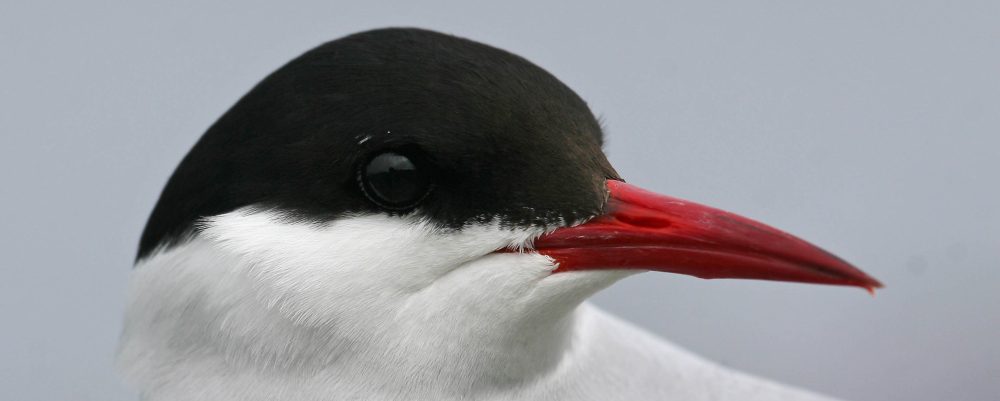One of my favourite birds in and around the garden at Falcon Cottage are Stock Doves. I think they are grossly underrated. When seen well they have some beautiful iridescent feathering. Given their quarry status they are normally a shy bird and to get close to them is difficult. On tours when we see them feeding out in the fields all we need to do is pull up the Landrover within 50 metres, the heads go up and shortly after the birds are away.
As I was typing away on the laptop last week a pair came to the feeders; although they were a little jumpy I took the opportunity to take a few photographs. They’re trying to nest in the Willow at the north end of the garden but the resident Collared Doves are having none of it!











